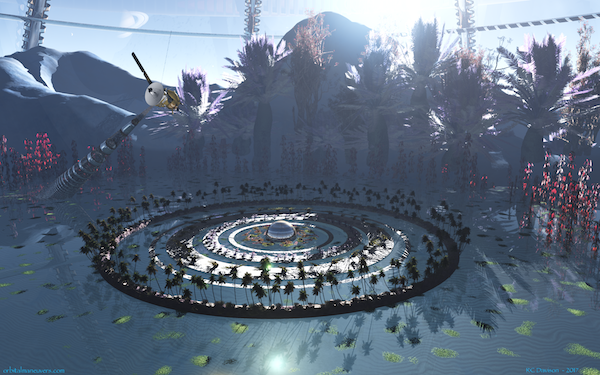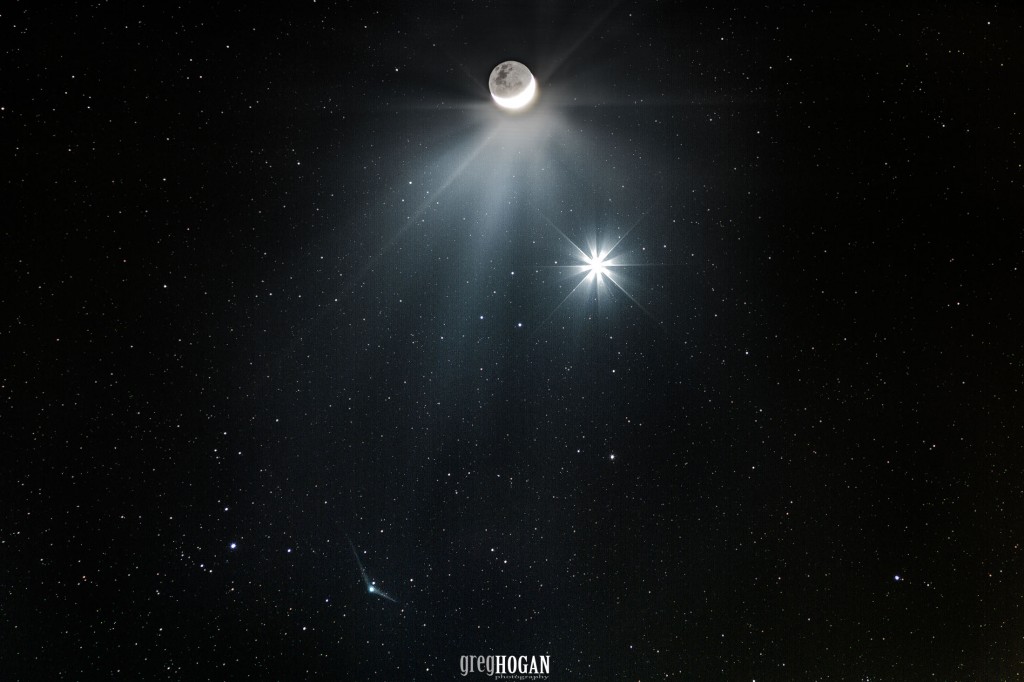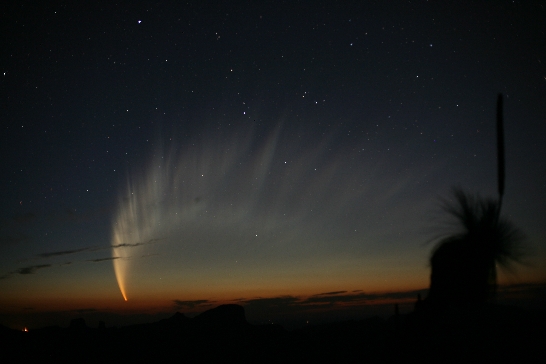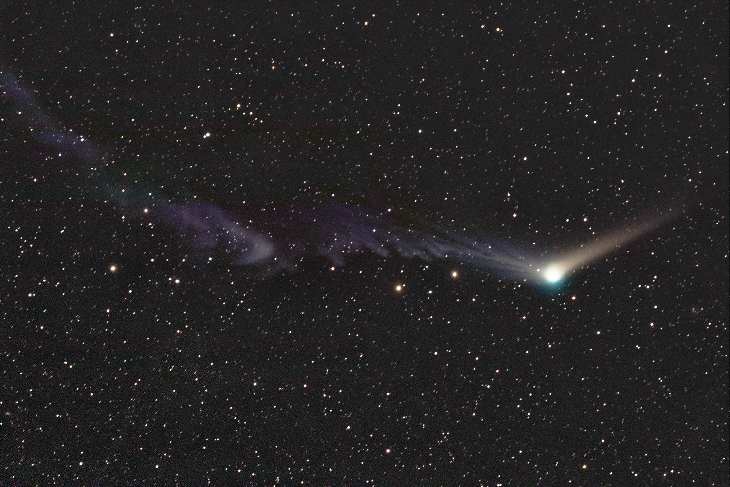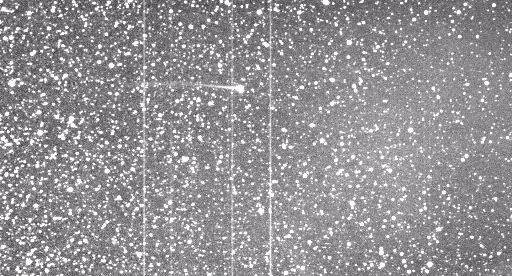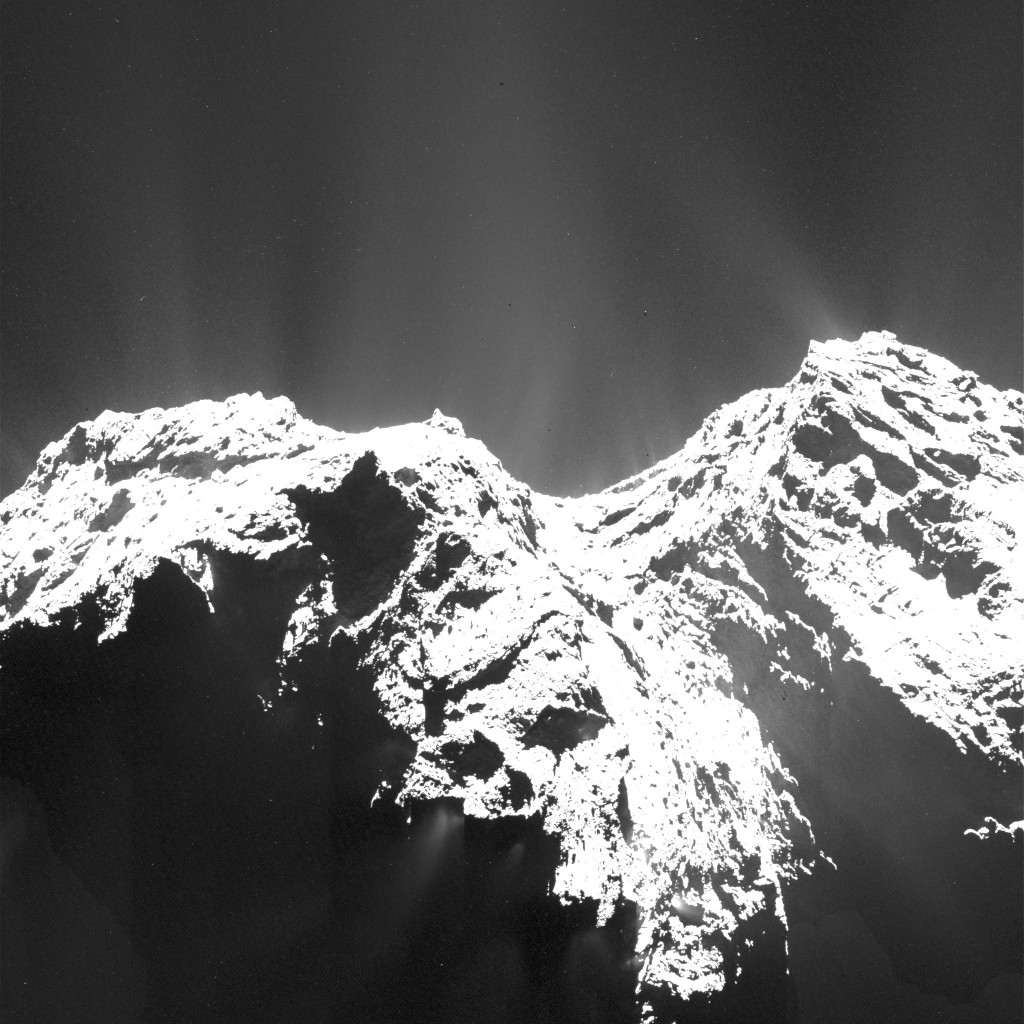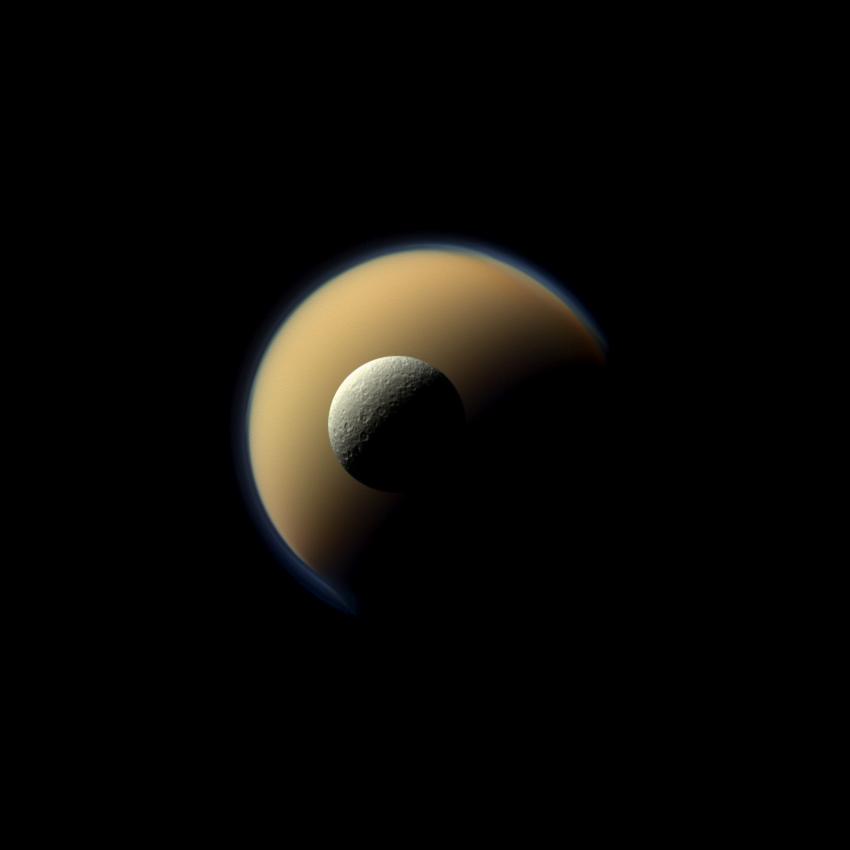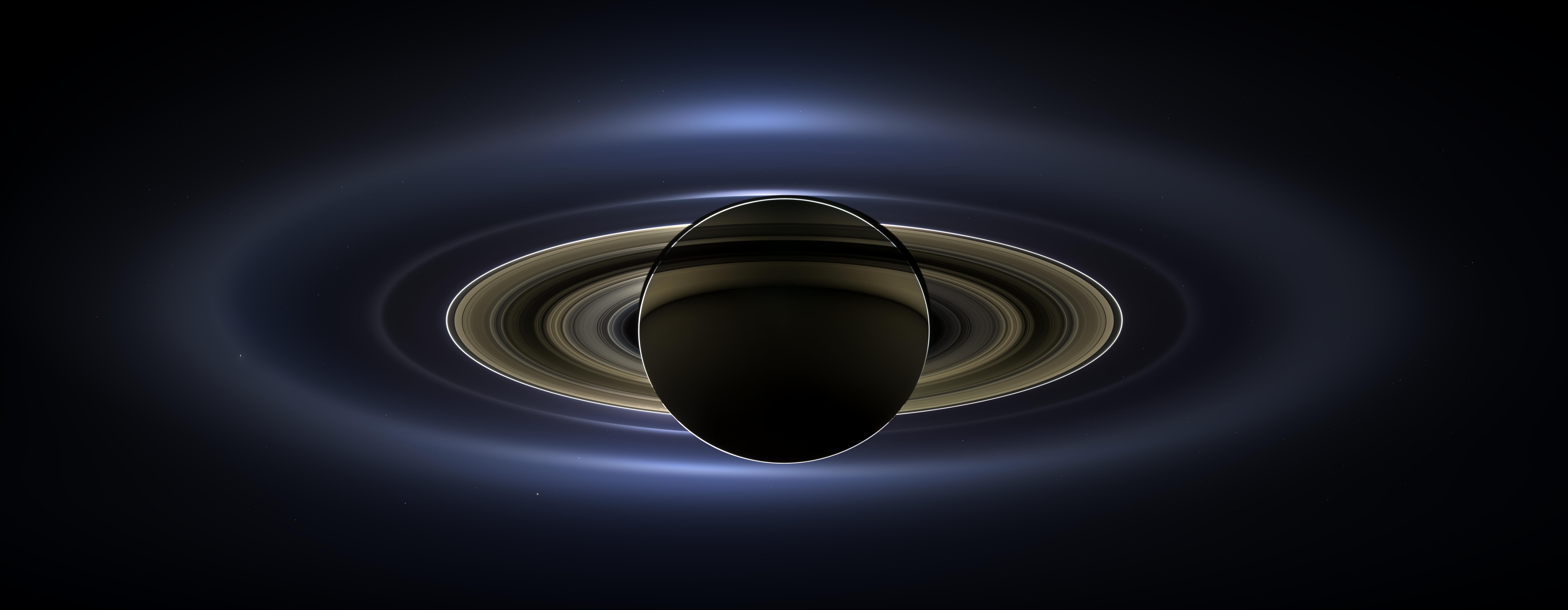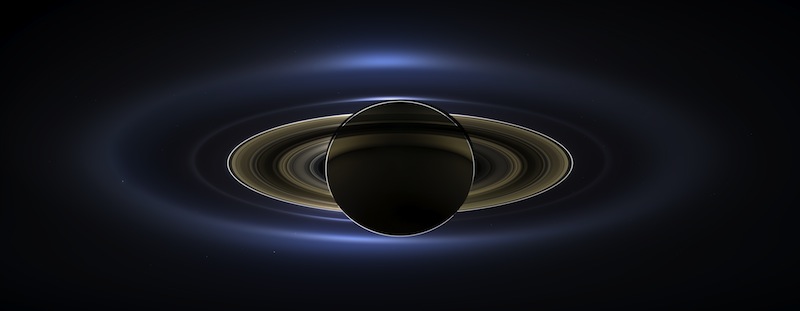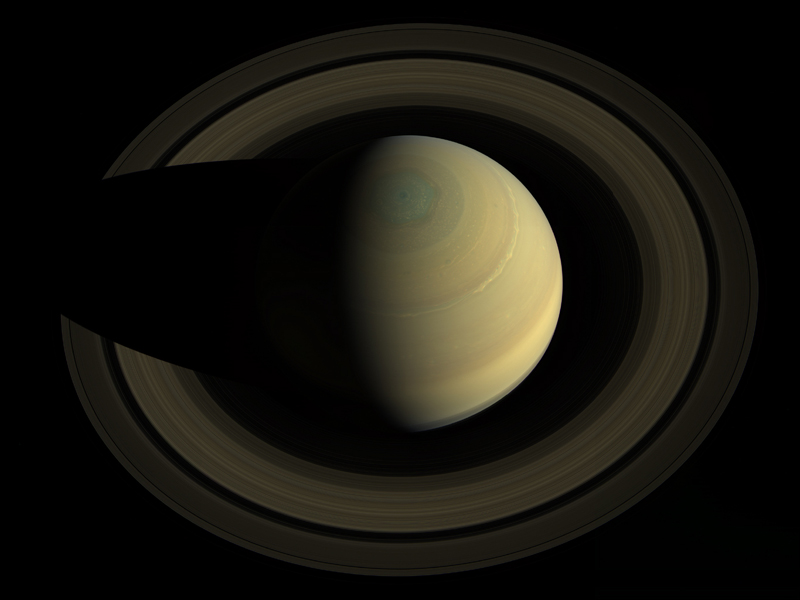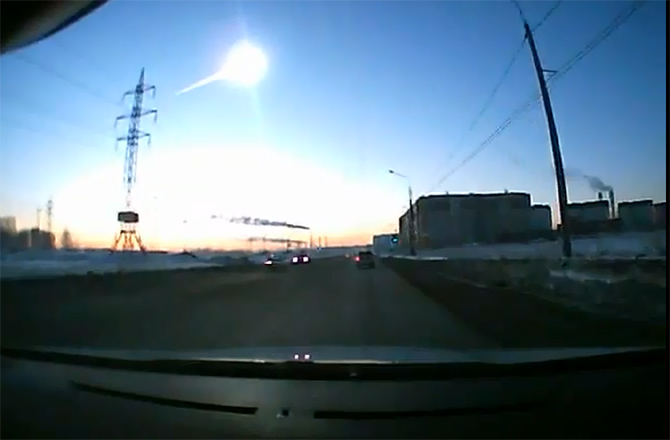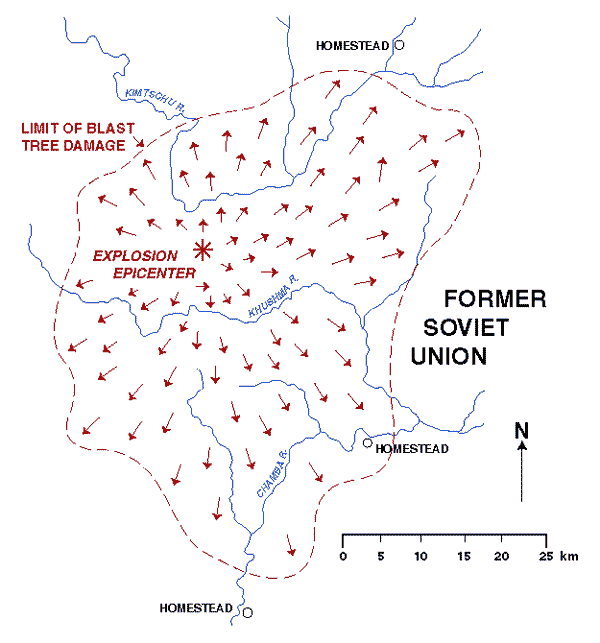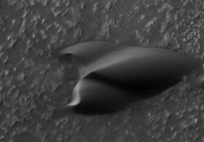Voyager: One who takes a long and sometimes dangerous journey involving travel by sea…or in space.
Forty years ago two intrepid spacecraft, aptly named Voyager 1 and 2, set off on a remarkable journey dubbed the “Grand Tour” to visit the gas giants in the outer solar system. Launching Voyager 2 on August 2 and Voyager 1 on September 5, 1977, NASA took advantage of an alignment of the outer planets that made it possible (economically and energy-wise) to visit at least Jupiter and Saturn and potentially Uranus and Neptune. This alignment wouldn’t occur again for 176 years.
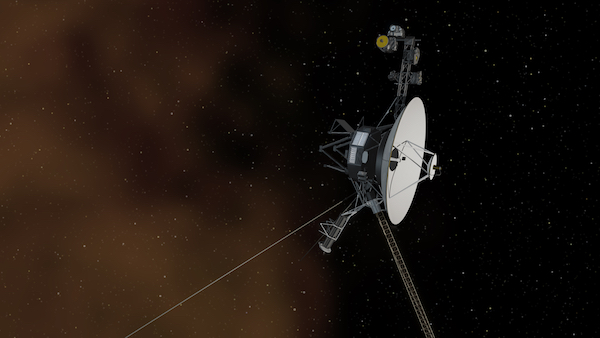
Voyager (Image courtesy of NASA)
Although Voyager 1 launched after Voyager 2 it took a faster path and arrived at Jupiter ahead of Voyager 2. Voyager 1 flew by Jupiter and used the gas giant’s gravity to boost its speed and change direction to head off toward Saturn, retracing Pioneer 11’s journey to Jupiter and Saturn earlier in the decade. The trajectory Voyager 1 had as it approached the ringed giant dictated that it was destined to head out of the solar system above (or north of) the ecliptic, the imaginary plane in which the planets orbit the sun.
NASA had to make a decision with regard to Voyager 2: If Voyager 1 did not successfully complete its pass by Saturn, gathering data on the planet’s largest moon, Titan, Voyager 2’s trajectory would be adjusted to make up for its twin’s shortcomings, otherwise it would encounter the ringed planet and slingshot out to Uranus. To all our benefit, Voyager 1 completed its mission and Voyager 2 went on to visit the ice giants, Uranus and Neptune.

Uranus as seen by Voyager 2. (Image courtesy of NASA/JPL)

Neptune as seen by Voyager 2 (Image courtesy of NASA/JPL)
The probe was not designed from the start to encounter the last two distant planets, but it was designed to be reprogrammed on the fly. So NASA engineers rewrote Voyager 2’s programming to account for the much lower light levels at these greater distances from the sun, allowing the probe to capture the first closeup images of Uranus and Neptune. In 1989, after its encounter with Neptune, Voyager 2 took a southerly path below the ecliptic plane and off toward interstellar space.
Today, both probes are still transmitting data from a half dozen or so instruments, their optical cameras and infrared sensors have long since been shut down to conserve power. Notably, Voyager 1 has passed the boundary between the sun’s influence in our solar system and interstellar space known as the heliopause. We find Voyager 1, the most distant object man has ever sent into space, moving beyond 21 billion kilometers (12.9 billion miles) moving at a speed of 61,000 kph (38,000 mph). It takes almost 19.5 hours for a data transmission to reach Earth from Voyager 1 moving at the speed of light. Voyager 2 is a bit closer at 17 billion kilometers (10.5 billion miles) and is moving slower at about 56,500 kph (35,000 mph) with a transmission time of almost 16 hours.
The radio that the probes carry only transmits at 23 watts. That’s about 5 times a typical cell phone’s transmission power we carry around with us. Since the strength of the signal is reduced by the square of the transmission distance, the signal that we receive from Voyager 1 is really, really small: a tenth of a billionth of a trillionth of a watt. That’s .0000000000000000000001 watts. A very small number! To try to put this is some sort of perspective (and even this is hard to grasp!):
If you dropped a grain of salt from the tabletop to the floor, the energy contained in that grain of salt is 10 x 1 million x 1 billion times larger than the energy contained in Voyager’s signal for one second!
As amazing as it is that these spacecraft have been in space for 40 years and are at these extreme distance, to me, it’s even more amazing that we can detect these signals. We use a network of radio telescopes called the Deep Space Network (DSN) that are superbly designed to pick up these astonishingly small signals. There are three sites across the globe that contain multiple radio telescopes to maintain communication with the distant probes in space. The are located in Canberra Australia, Madrid, Spain and Barstow, California (Goldstone). The facility in Canberra is the only site that has a view of Voyager 2 as it exits the solar system to the south, consequently Canberra had to have its antenna dish increased in diameter in 1987 from 64 meters to 70 meters to be able to track Voyager 2’s diminishing signal.
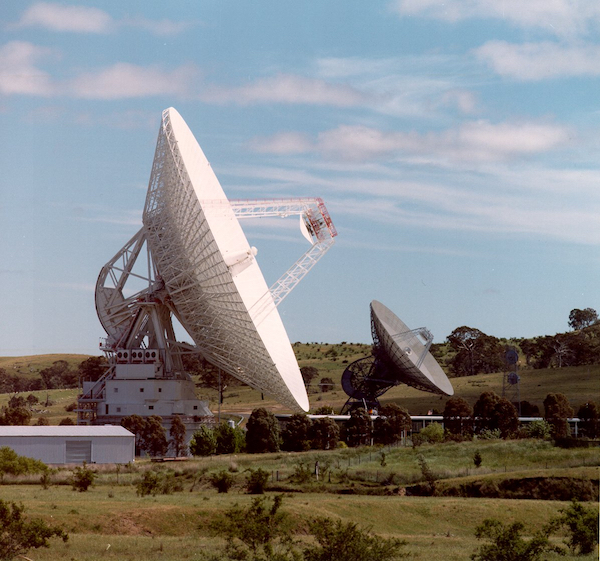
Radio Telescope, Canberra Au. (Image courtesy of NASA)
The Voyagers will eventually stop transmitting around 2030 as their radioisotope thermoelectric generators (RTGs) finally are depleted. The probes will continue on their respective journeys unimpeded. They will not slow down and will not change direction unless something, or someone interferes with them. They may survive for tens of millions of years – a calling card with a Golden Record carrying representations of the inhabitants from a nondescript little water-planet orbiting a very run-of-the-mill star in an arm of the Milky Way Galaxy.
References:
- Check on the latest status of Voyager 1 and 2: https://voyager.jpl.nasa.gov/mission/status/
- Indepth review of Voyager 2’s mission: https://solarsystem.nasa.gov/missions/voyager2/indepth
- A nice review of the Voyager missions: https://theconversation.com/from-the-edge-of-the-solar-system-voyager-probes-are-still-talking-to-australia-after-40-years-82512
- https://voyager.jpl.nasa.gov/mission/science/thirty-year-plan/
Till next time,
RC Davison

